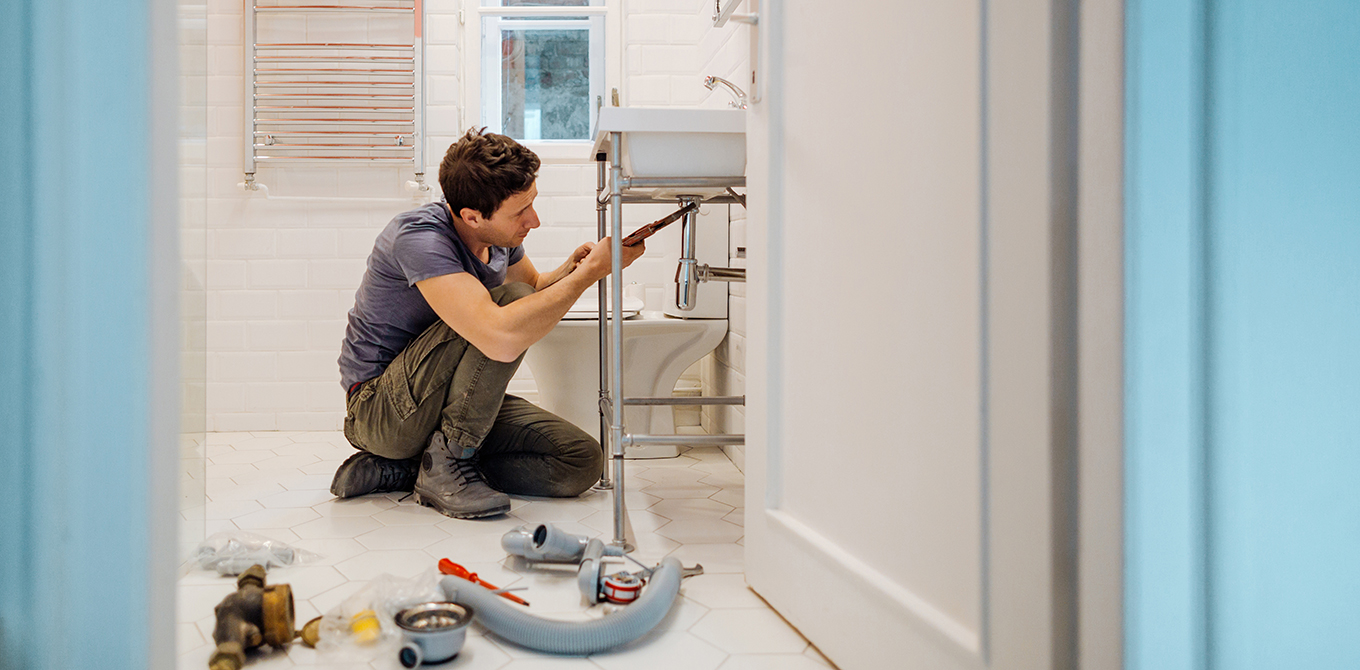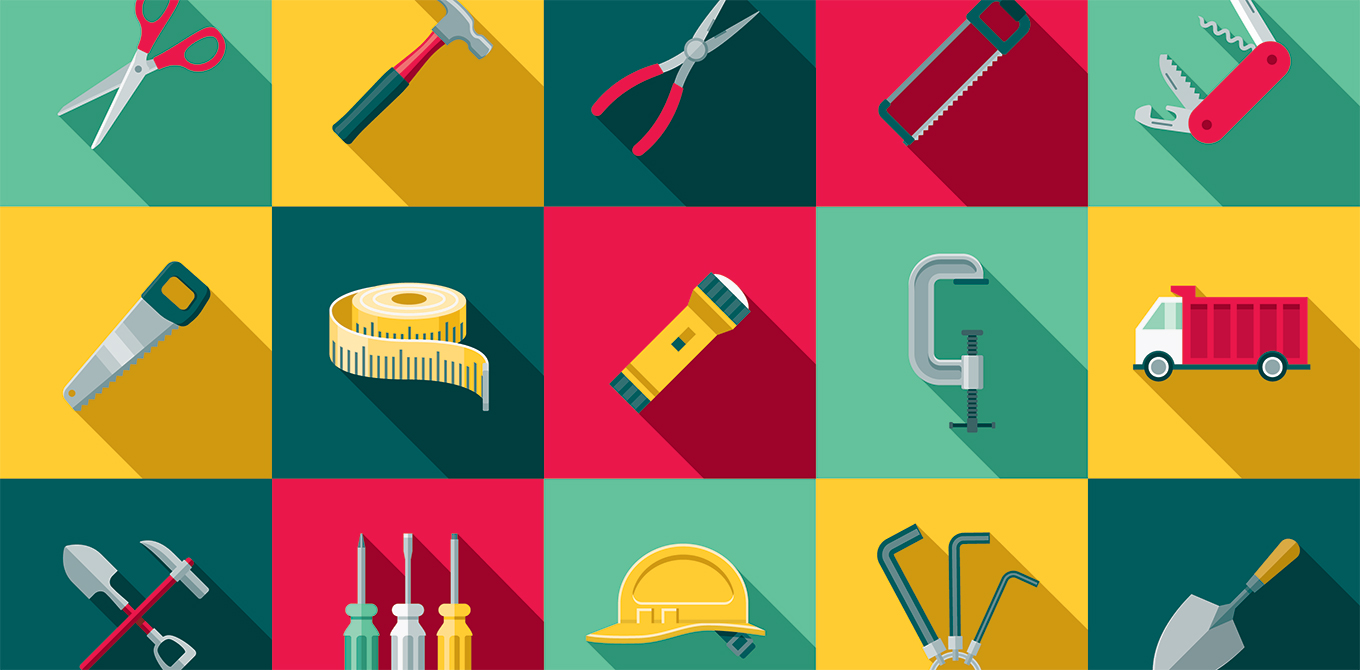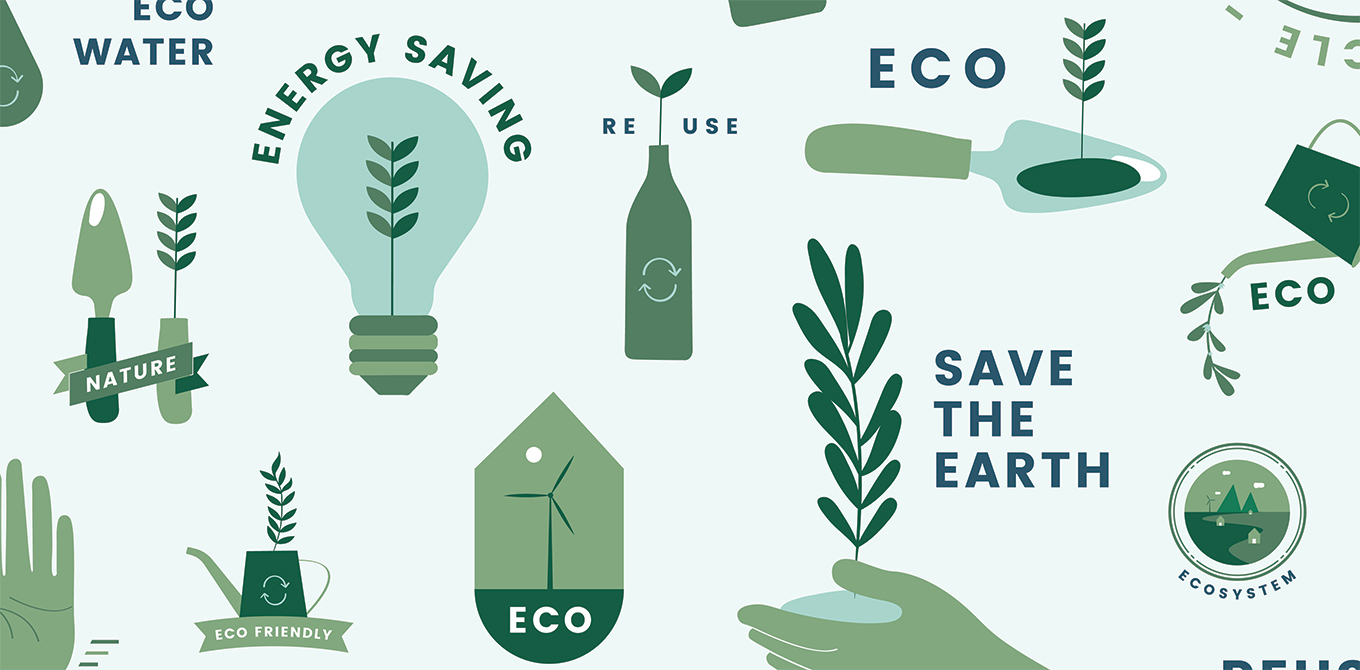4 ways to make your home more energy efficient
The typical American family spends more than $2,000 a year on energy bills, according to the U.S. Environmental Protection Agency (EPA). But it’s possible to lower utility bills while reducing your home's carbon footprint when you invest in "green" renovations that are energy-efficient and better for the environment.
Going green can also raise your home value by nearly 3 percent compared to non-energy-efficient homes, according to research from Freddie Mac.
Whether you install solar panels or purchase more “smart appliances” designed to use less energy, these four home improvements can help you save money and may increase the value of your home.
1. Solar Panels
The energy in just one hour of mid-day sun in the summer equals the annual electricity demand in the United States, according to the DOE. If you're up to making a long-term, low-risk investment in a home solar electric system, you can save big on your electric bills in the long run. A home solar system also substantially reduces greenhouse gas emissions, toxic pollutants, and water consumption needed to produce electricity.
The cost for a residential solar system is steep, but you can receive a 30 percent federal energy tax credit on the solar system purchase, which reduces the cost substantially.
- Cost estimate: Average cost for a solar panel installation in the U.S. ranges from around $17,000 to $23,000 after applying the federal solar tax credit, according to consumer energy marketplace EnergySage.
- Benefit: Electricity costs where you live will determine when you break even on the solar panels. But once you break even, you'll be generating free electricity for your home.
- Considerations: "Soft costs," including financing, permitting, installation, labor and inspection, make up more than half the total cost of home solar systems and vary by city and state.
2. Energy-Efficient Windows and Entry Doors
Heat gain and loss through inefficient windows account for 25 percent to 30 percent of heating and cooling energy use in your home, according to the U.S. Department of Energy (DOE). Installing new certified ENERGY STAR rated windows and doors can improve your home's energy efficiency. To qualify for ENERGY STAR rating, the products must meet strict energy efficiency guidelines set by the U.S. Environmental Protection Agency.
ENERGY STAR windows have better insulation and special coatings to reflect infrared light. ENERGY STAR entry doors have a tighter fit and weather stripping to prevent drafts and leaked air and reduce heat flow.
- Cost estimate: $300 to $1,000 for each window. ENERGY STAR doors range from a few hundred dollars to more than $1,000 each.
- Benefit: Around 7 percent to 15 percent savings on energy costs.
- Considerations: Installation costs are additional.
3. Smart Appliances
How would you like to control your thermostat or receive an alert that the refrigerator door is open when you're away from home? Smart appliances connect to your smartphone and can help you complete a variety of energy saving tasks:
- Track heat and air conditioning usage and adjust thermostat settings when you're not home to cut energy costs
- See what's inside the fridge without opening the door and wasting energy
- Schedule laundry and dishwasher operations at times of day when electricity costs are lowest
- Reduce dryer use by shutting off automatically when clothes are dry
Smart appliances can provide savings and convenience, but don’t get sucked in by the trend. Choose smart appliances based on your household usage and avoid paying a higher price for appliance features you may not use regularly.
- Cost estimate:
- Smart refrigerators range from around $2,400 to upwards of $8,000.
- Smart thermostats range from under $100 to $500.
- Smart washers and dishwashers typically start at around $800.
- Benefit: Utility savings and convenience.
- Considerations: Technology changes at a rapid pace, ensure that your investment won’t be obsolete in a few years. In addition, ask about warranty and repair costs, more complex technology could result in higher costs when something breaks.
4. Fireplace Insert or Pellet Stove
Traditional open masonry fireplaces draw heated air from the room, up into the chimney, and out, actually making the room colder. Traditional wood-burning fireplaces can contribute to air pollution by emitting carbon monoxide, organic gases and particulate matter.
To improve the heating efficiency of your existing fireplace, consider installing a high-efficiency pellet fireplace insert, which fits into the masonry fireplace or on its hearth. Pellet inserts burn compacted pellets made from wood or other organic materials. Pellet inserts and free-standing stoves certified by the EPA typically fall into a 70 percent to 83 percent efficiency range and are the cleanest, solid-fuel home heating appliance, according to Energy.Gov.
- Cost estimate: $1,700 - $4,000. Pellet stove fireplace inserts average around $2,000, with an additional installation fee of about $2,000, depending on your chimney or other repairs needed.
- Benefit: Improved heating efficiency and "greener" than gas.
- Considerations: Fireplace inserts must be sized to fit and installed properly for safety and optimal efficiency.
Even Small Changes Can Add Up to Big Savings
There are a variety of ways you can make your home more eco-friendly and help reduce costs by making a few inexpensive changes.
Simply changing your light bulbs to LED can make an impact. Quality LED lights can last 30,000 to 50,000 hours, compared to a typical incandescent bulb at around 1,500 hours. Using LED lights throughout the home saves the average household about $225 in electricity costs annually.
And finally repairing that leaky faucet can make a significant impact on water waste. A faucet dripping one drip per second can waste more than 3,000 gallons of water per year, enough to take more than 180 showers. Fixing easily repaired water leaks around the house can save homeowners around 10 percent on their water bills.
Making these small changes can add up for both your wallet and your environmental impact. If you’re curious about your household's carbon footprint use the EPA's Carbon Footprint Calculator. You can also ask your electric company to perform an energy audit on your home. Then start making decisions about the types of changes you want to make. Renovations like solar panels and energy-efficient windows or doors do come with larger price tags, but with rebates, tax benefits, and promotions─they can be worth the investment and dramatically reduce your carbon footprint.




